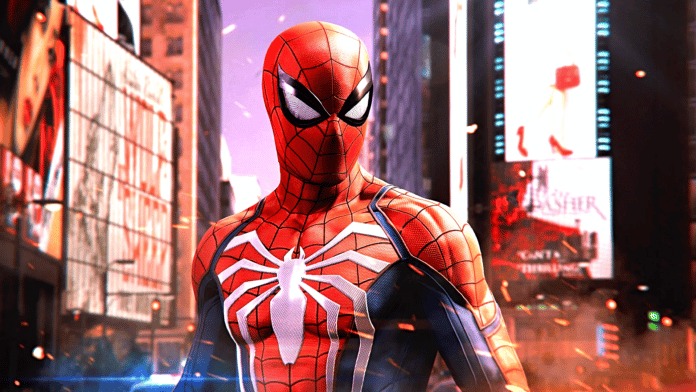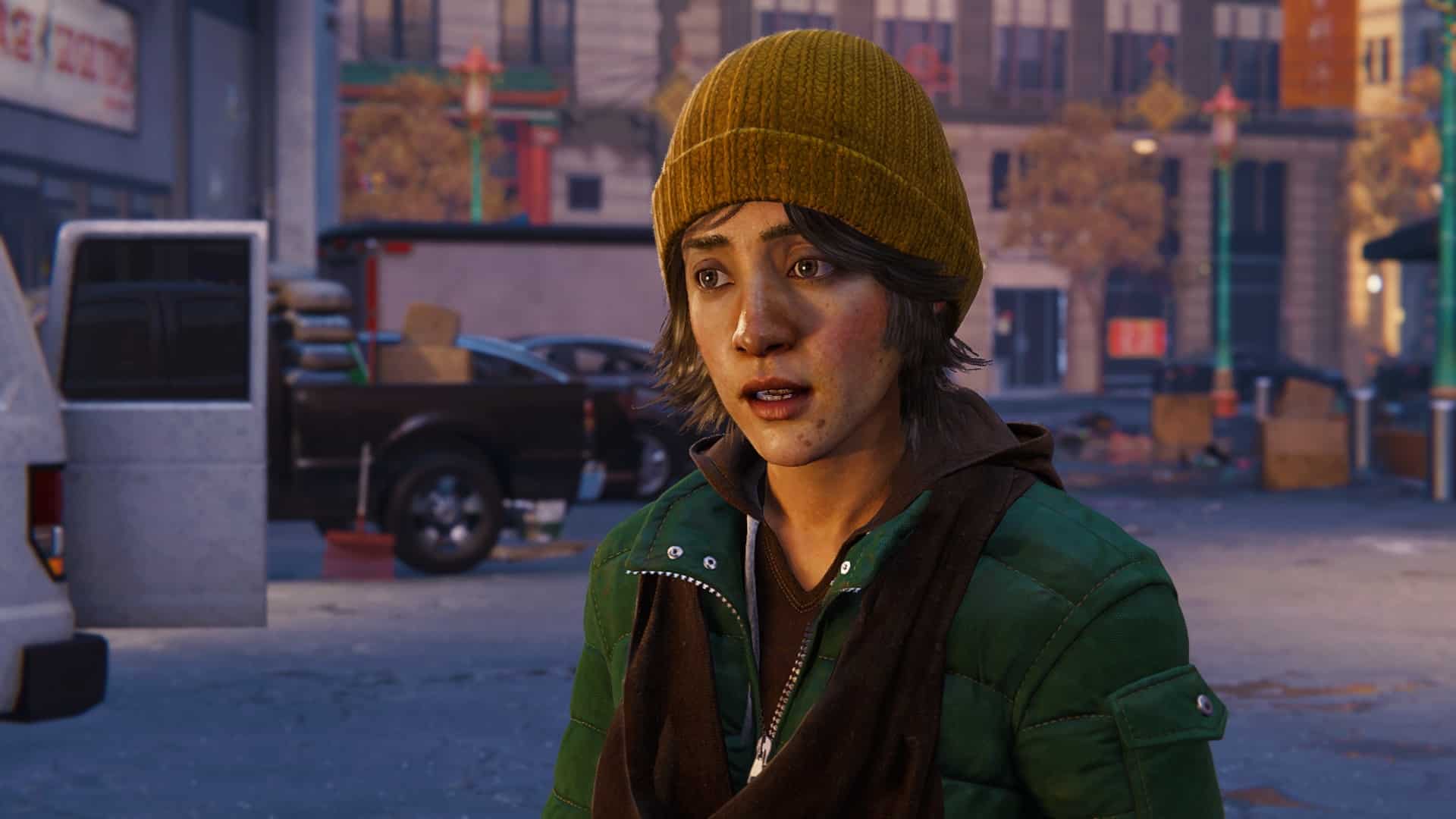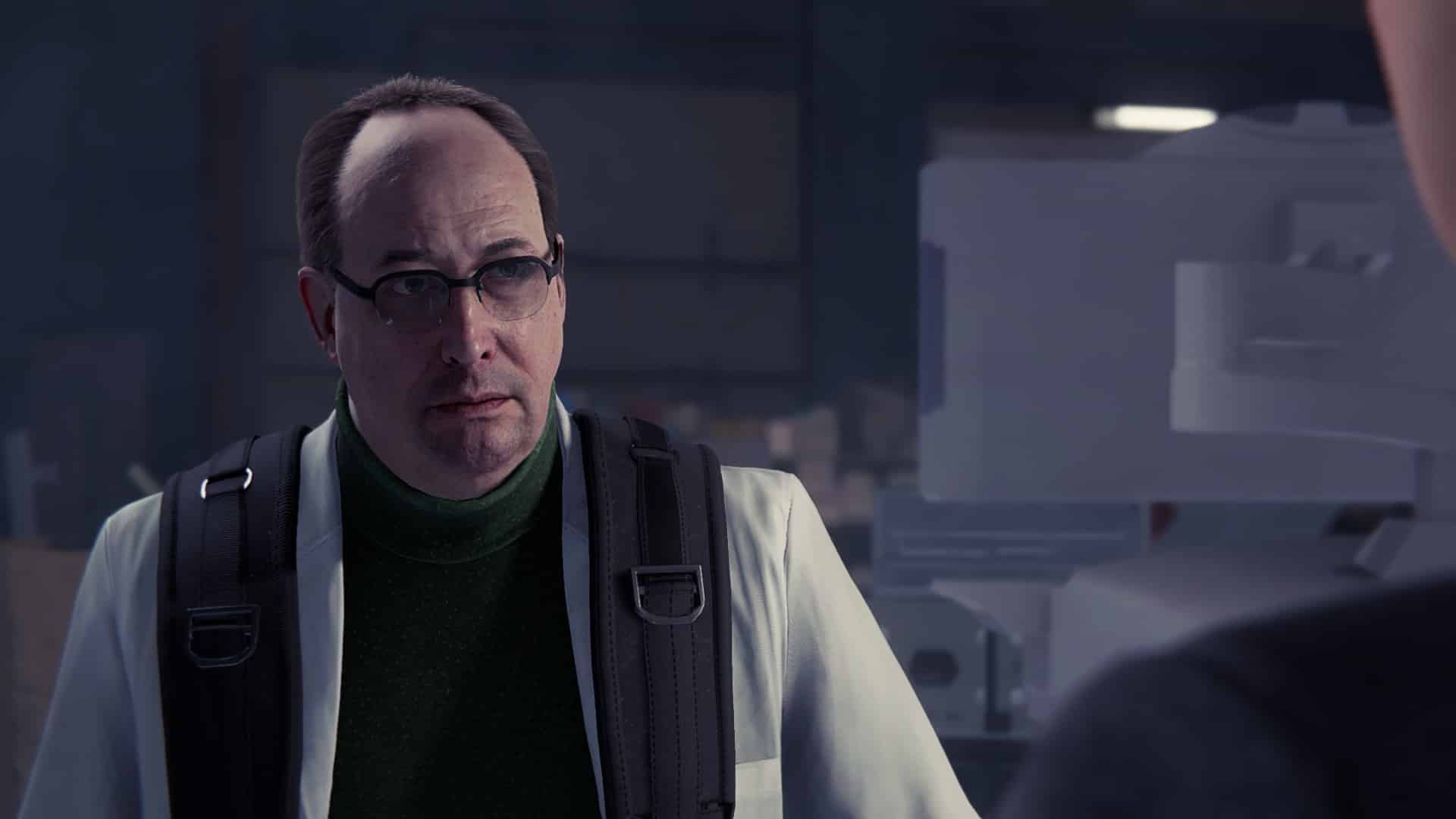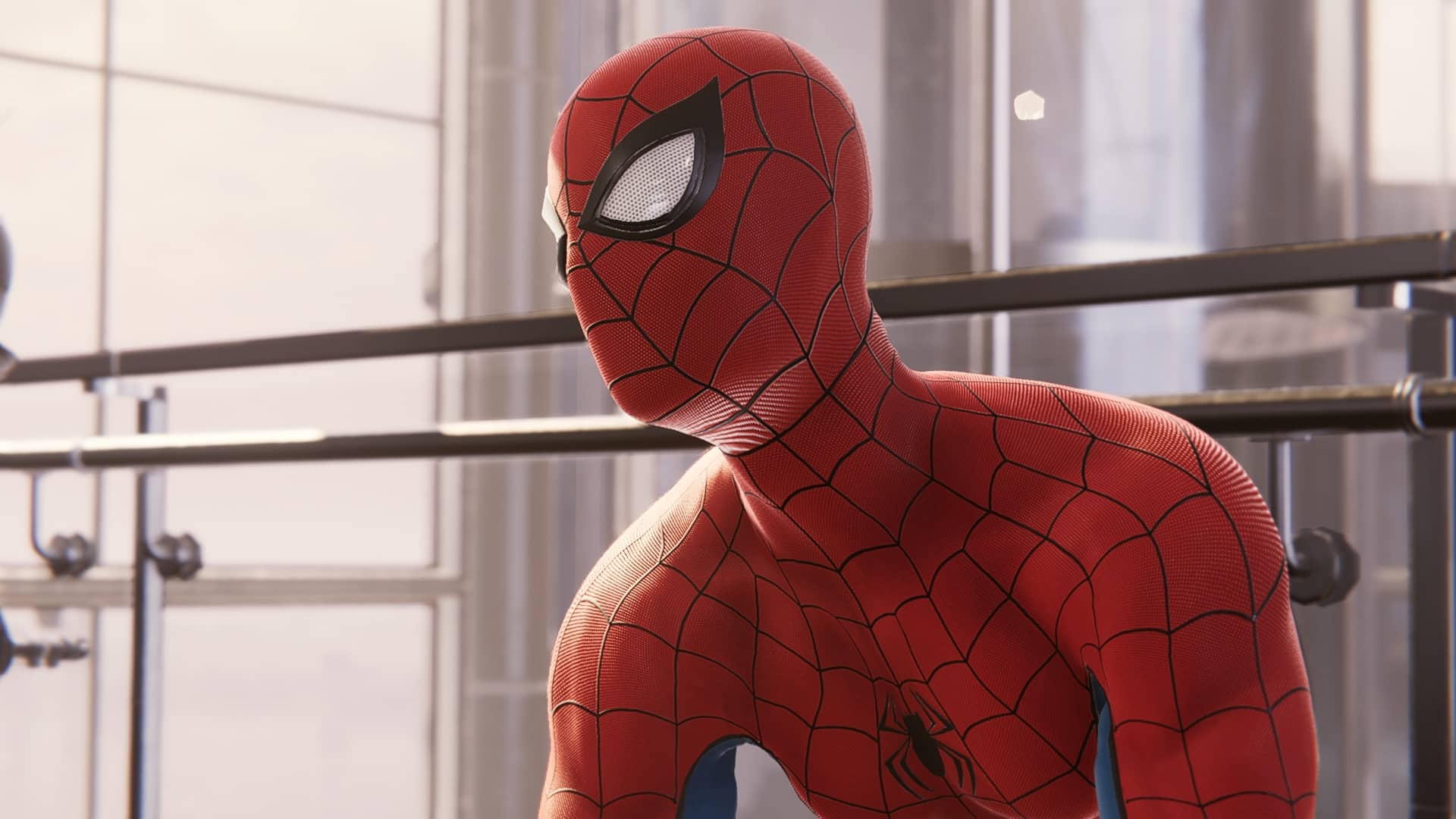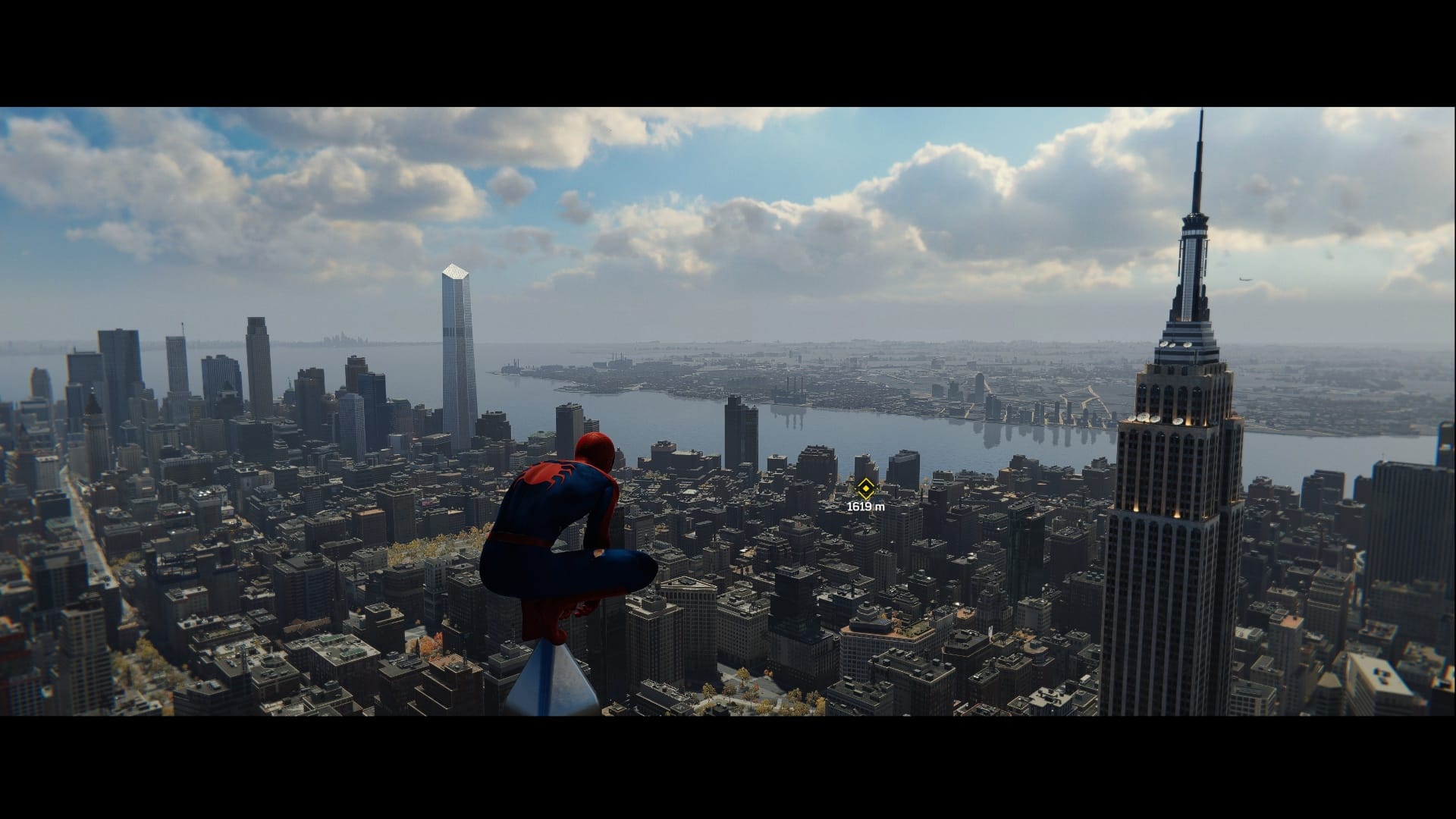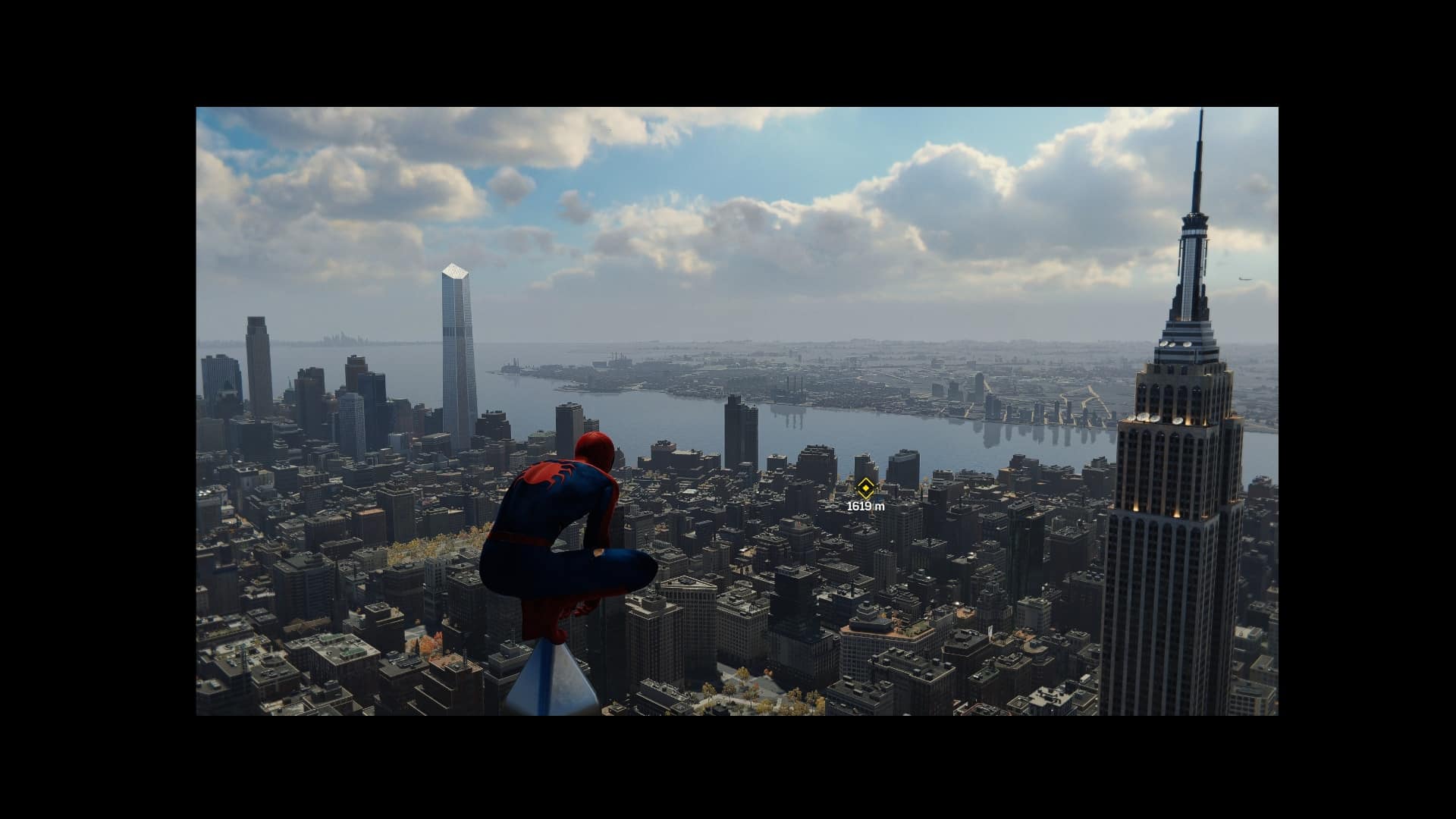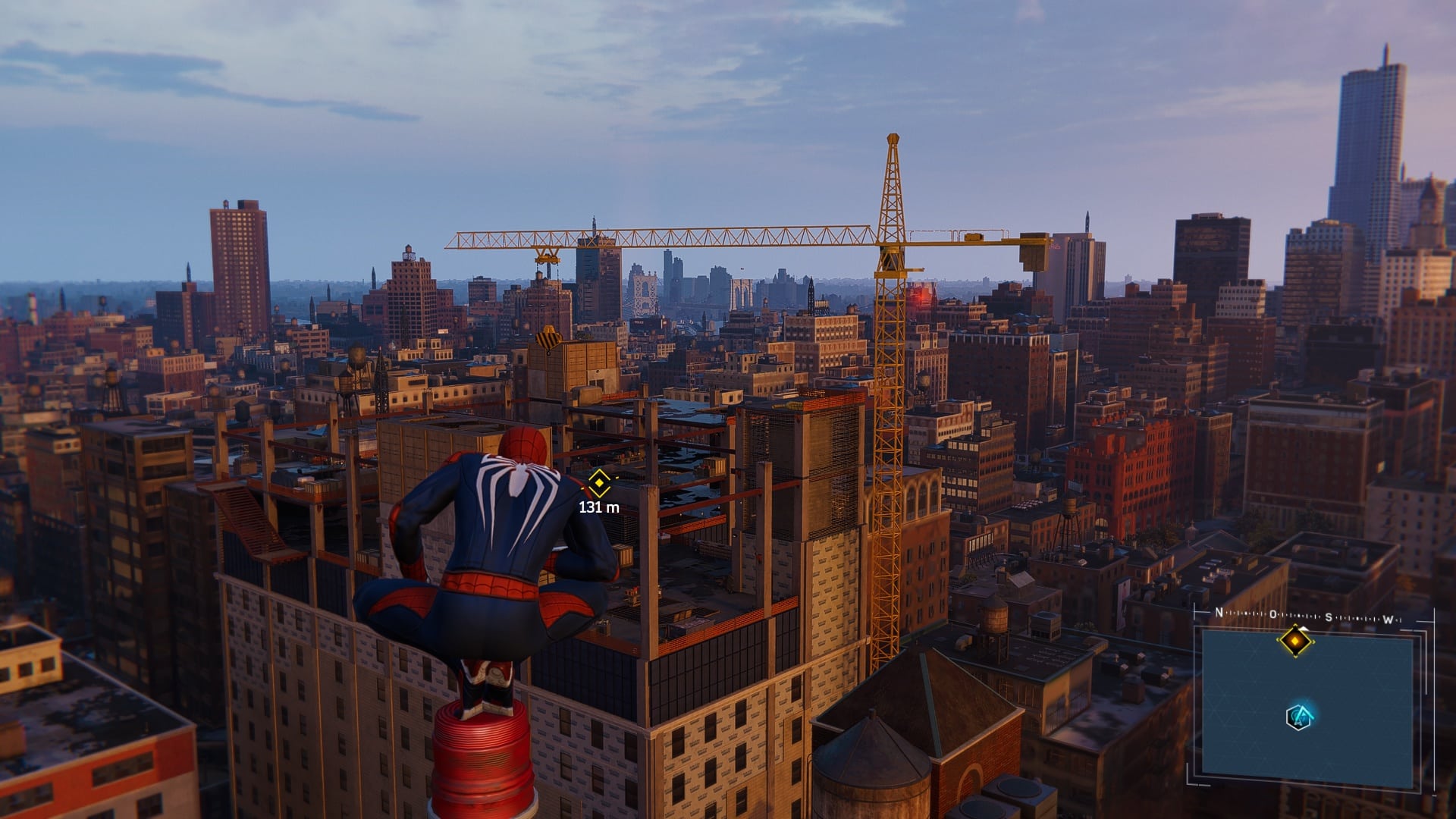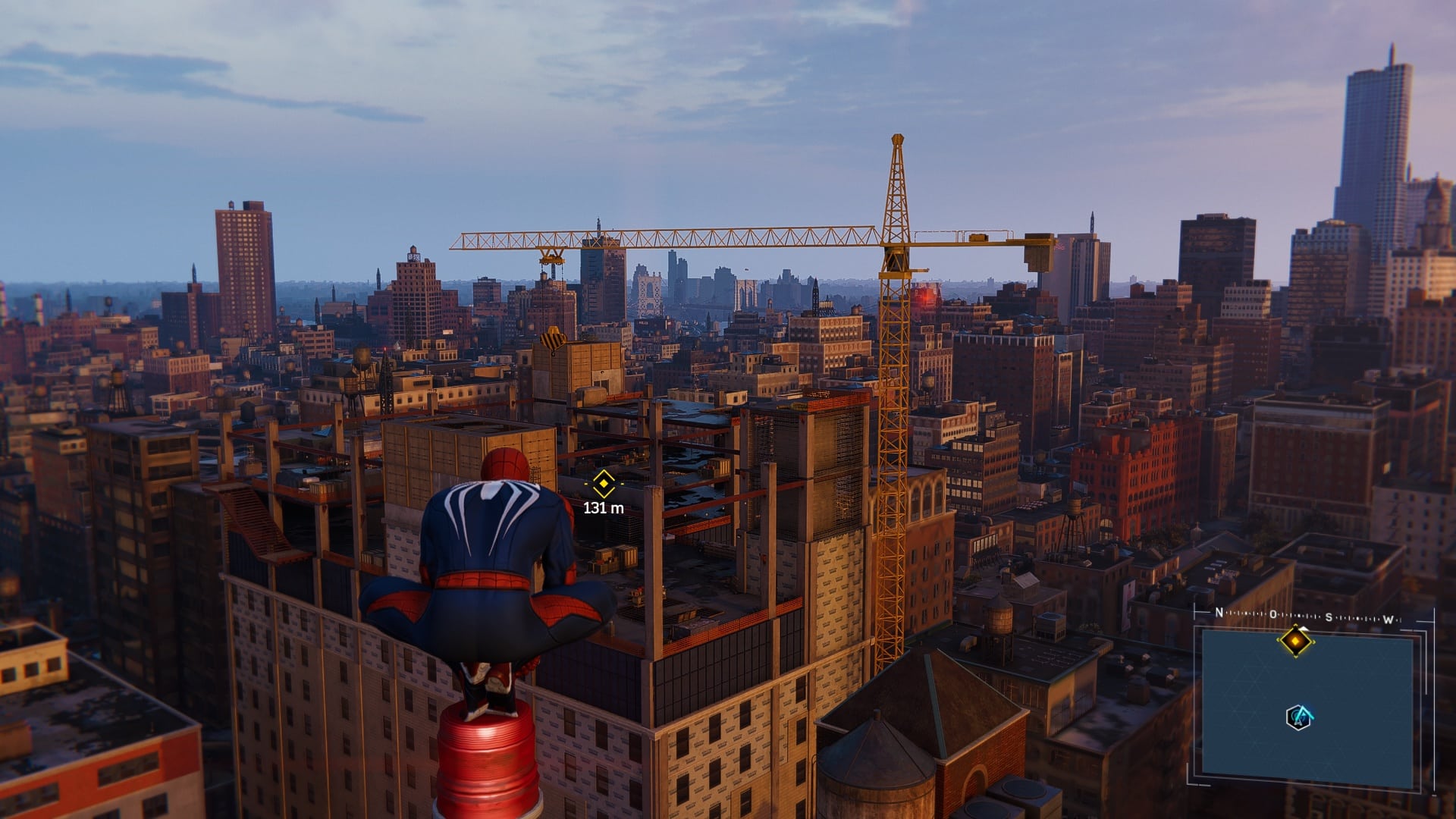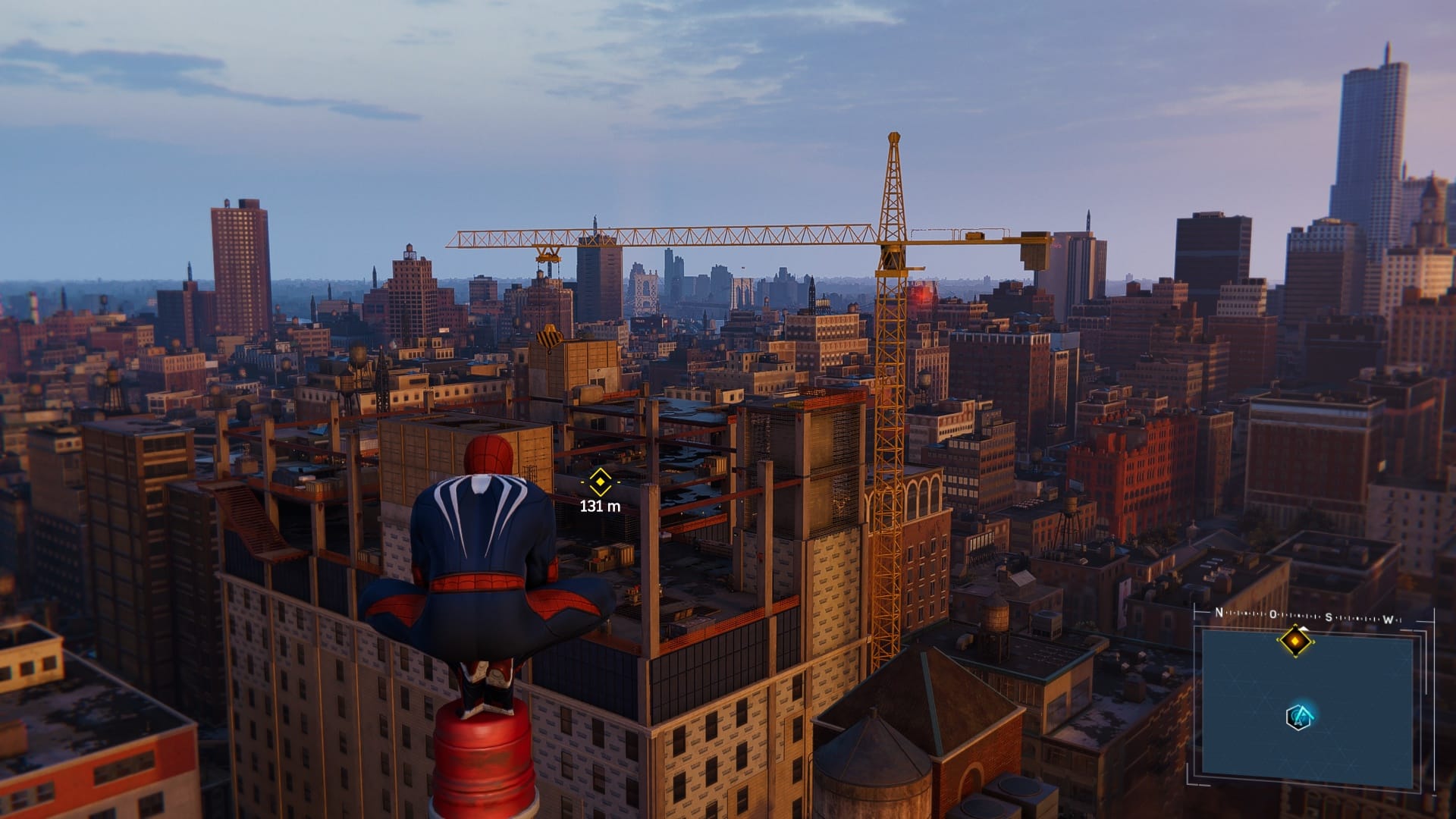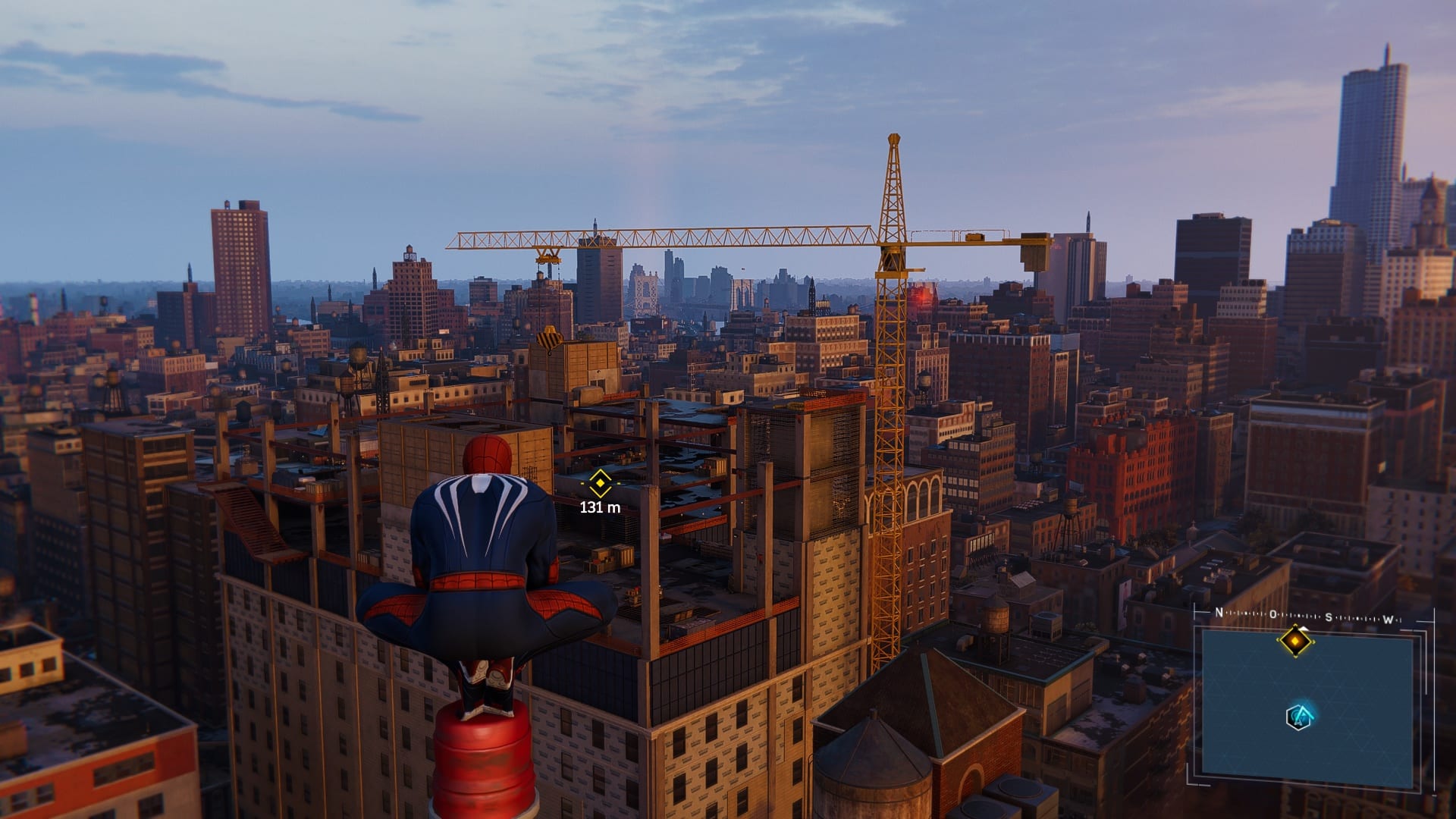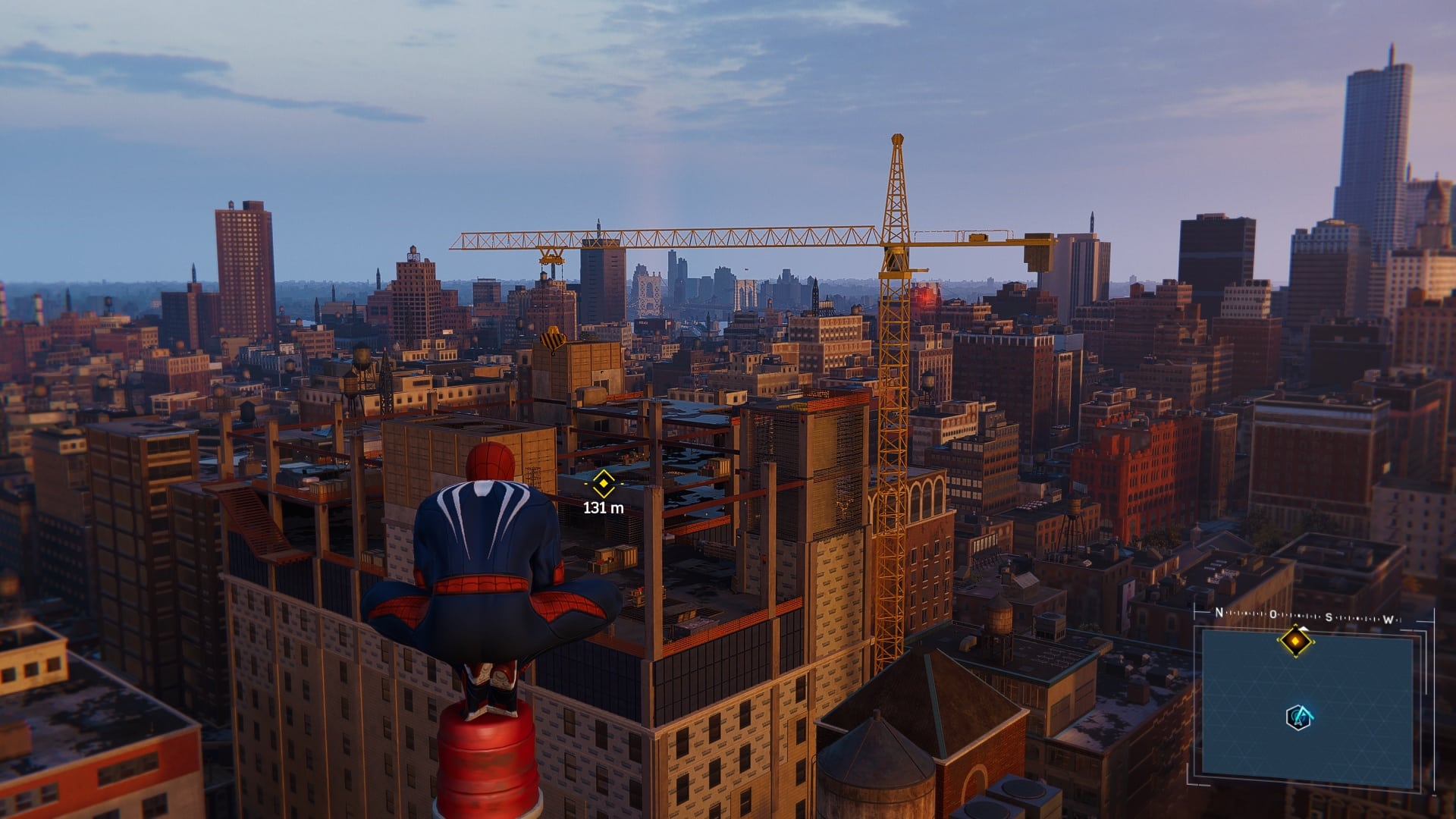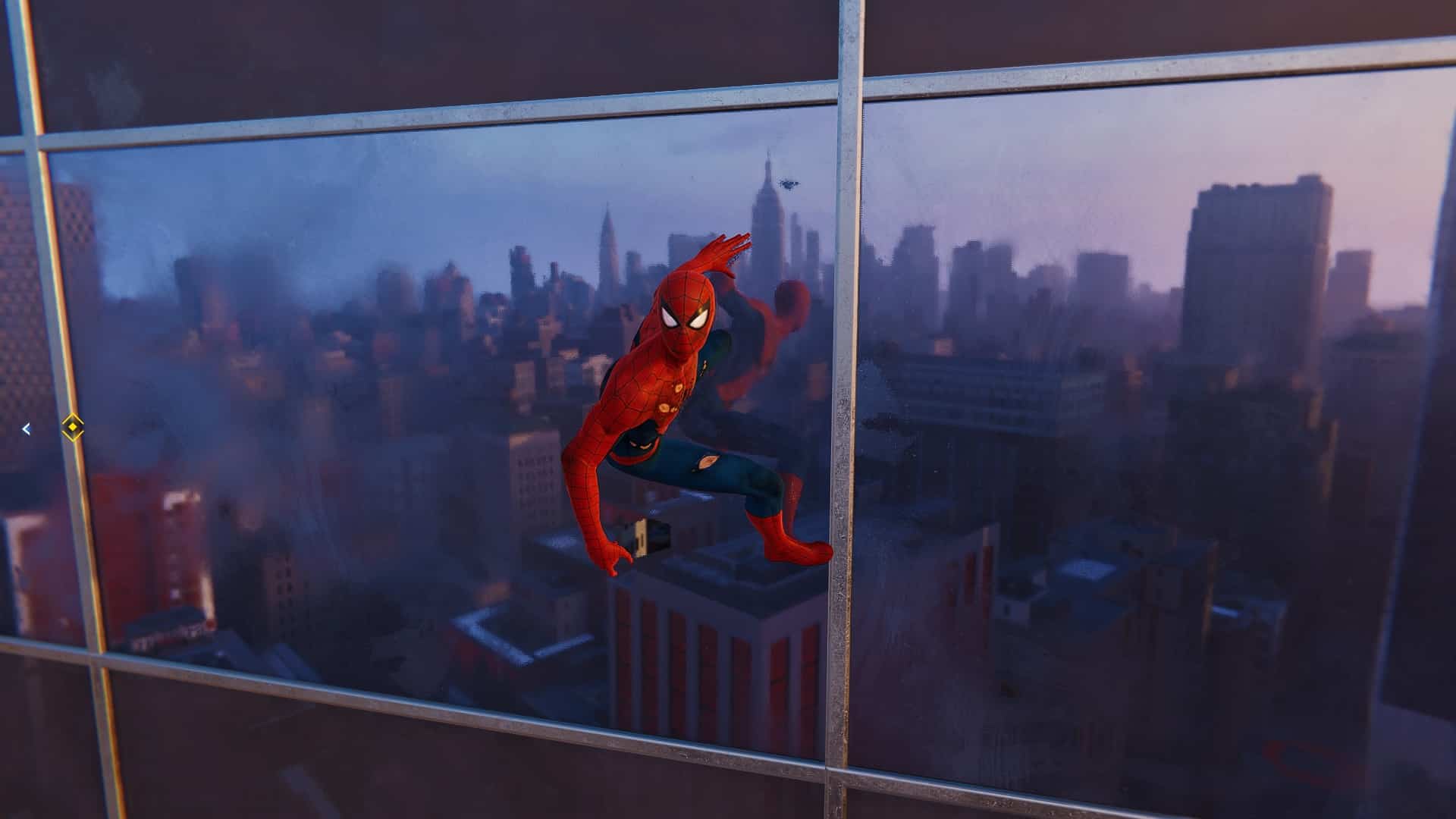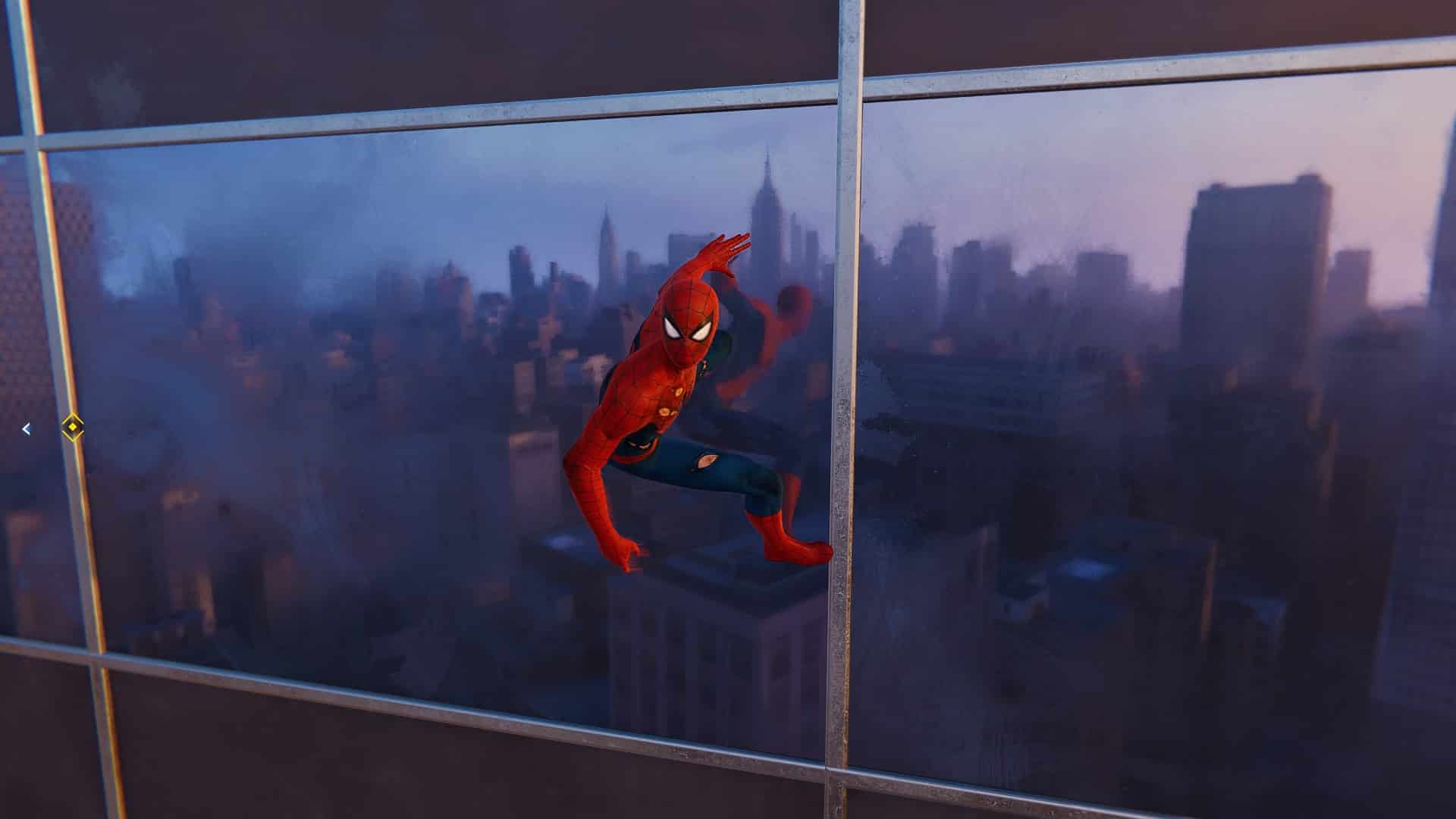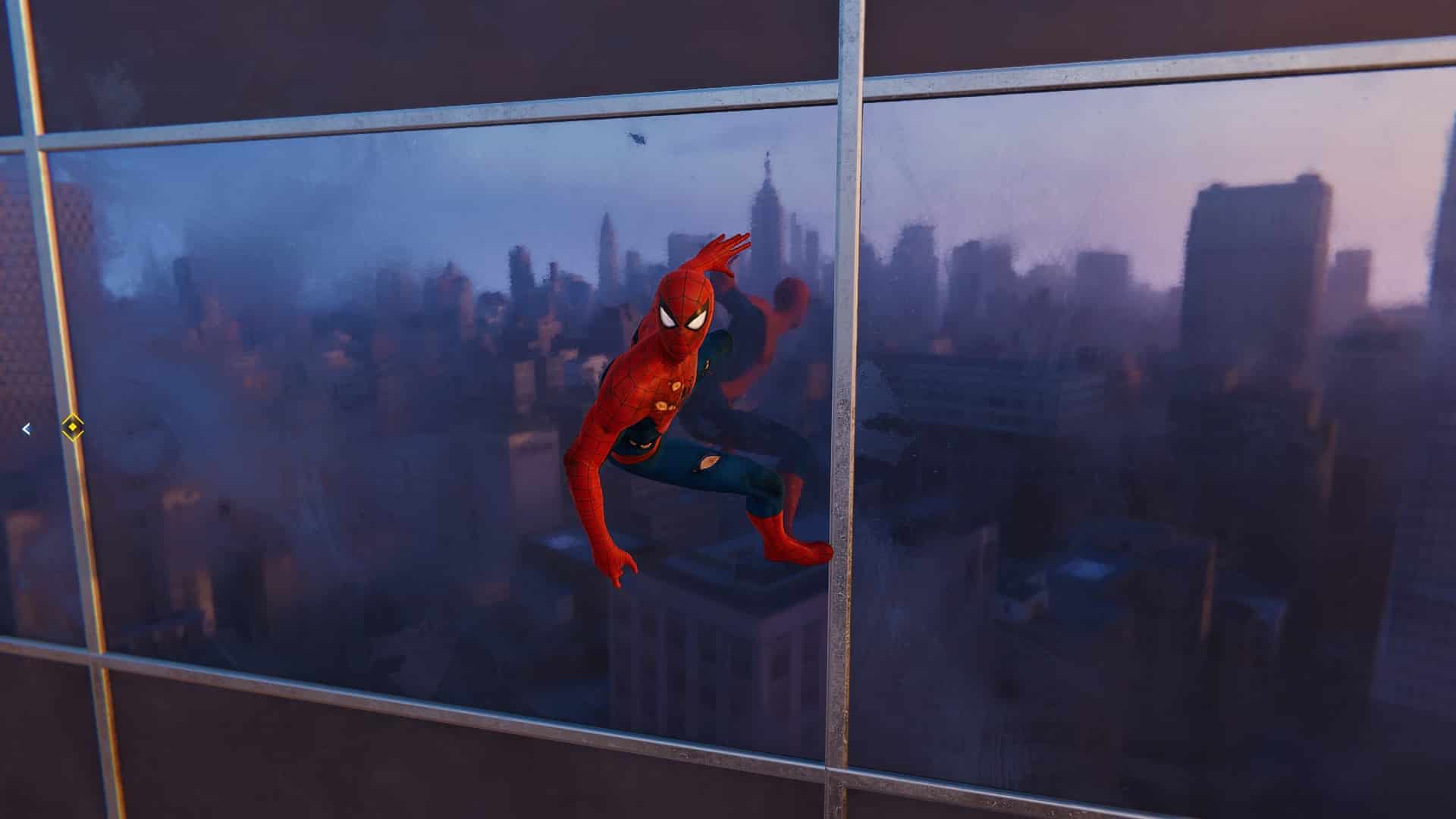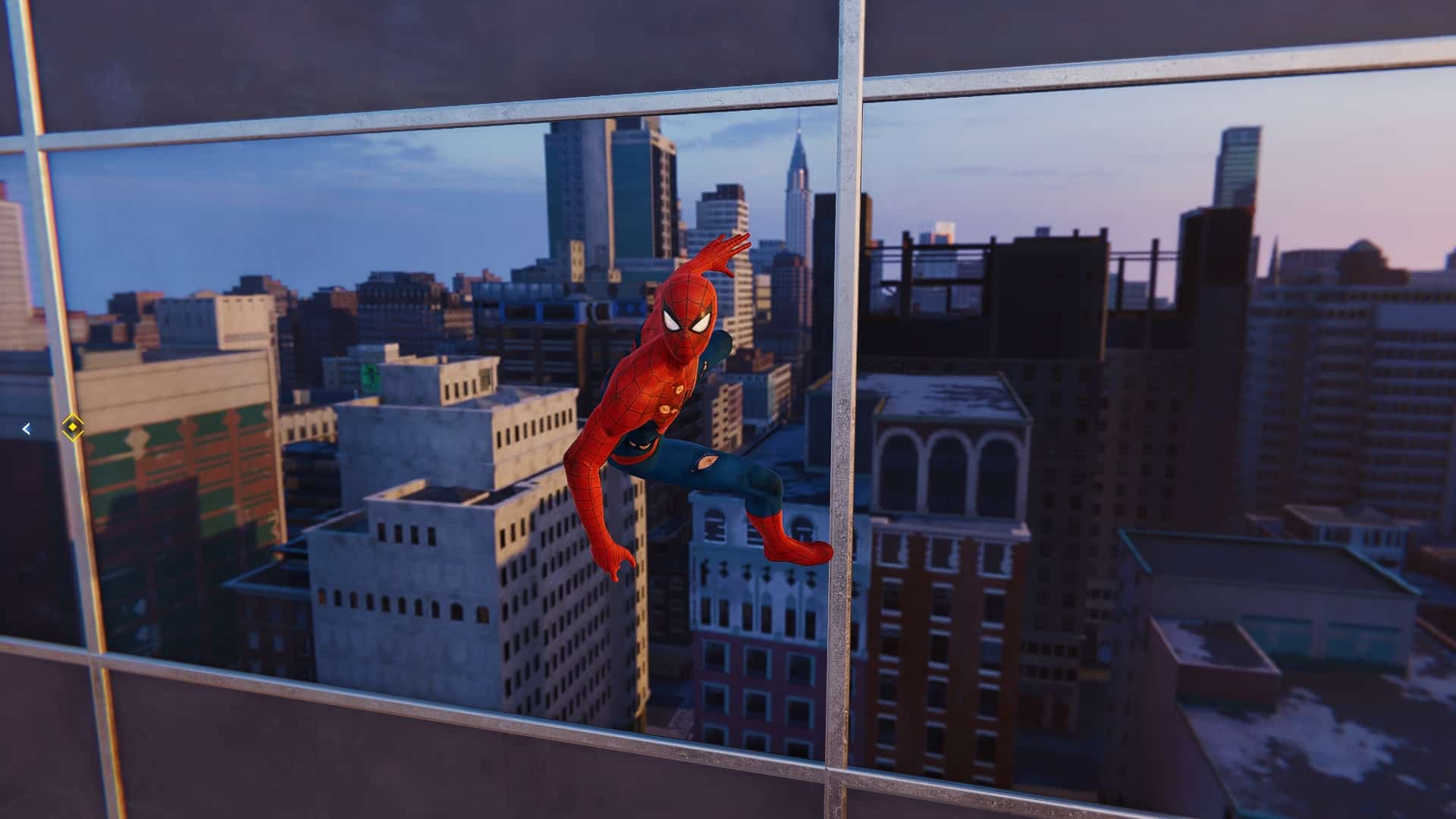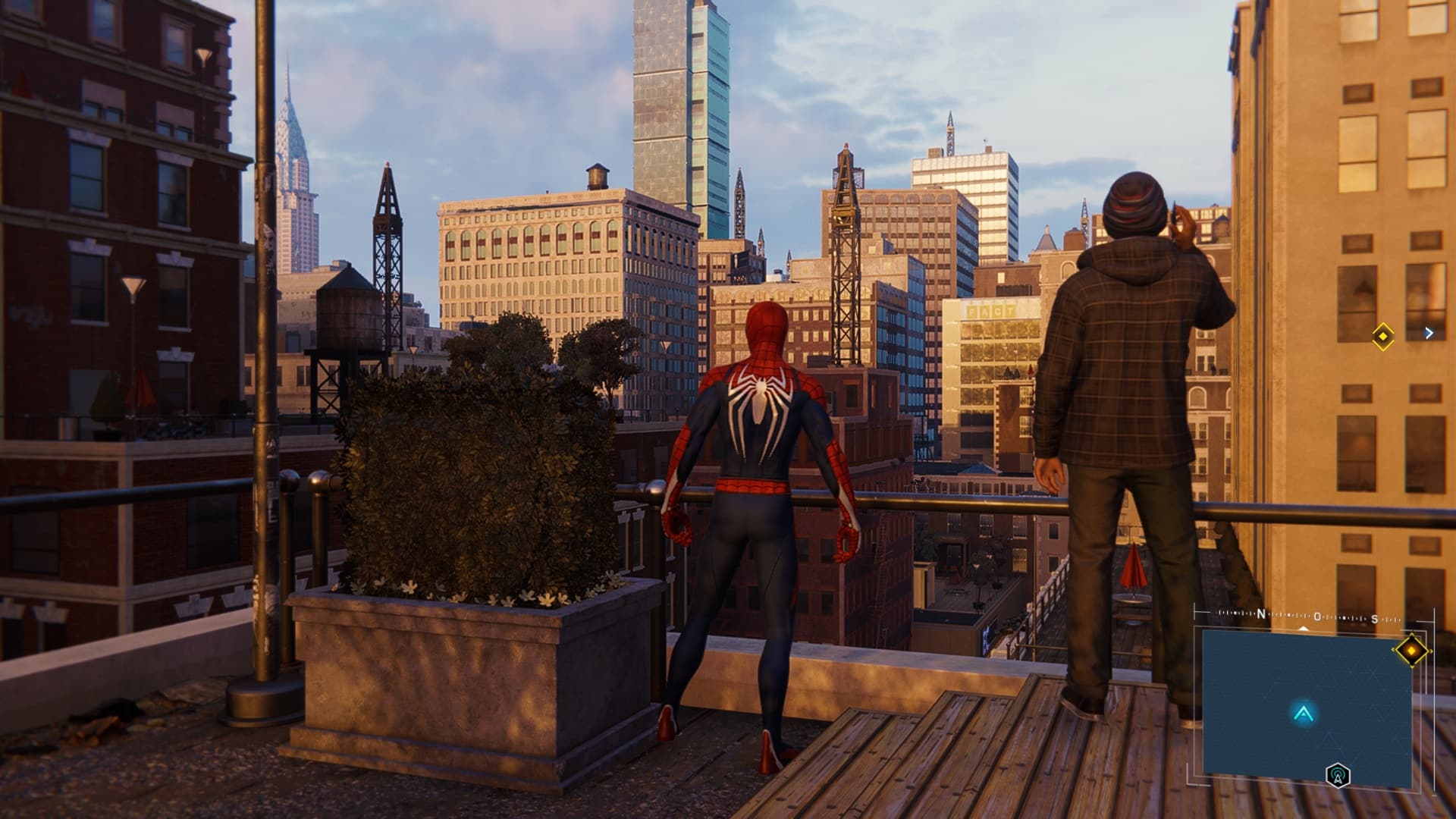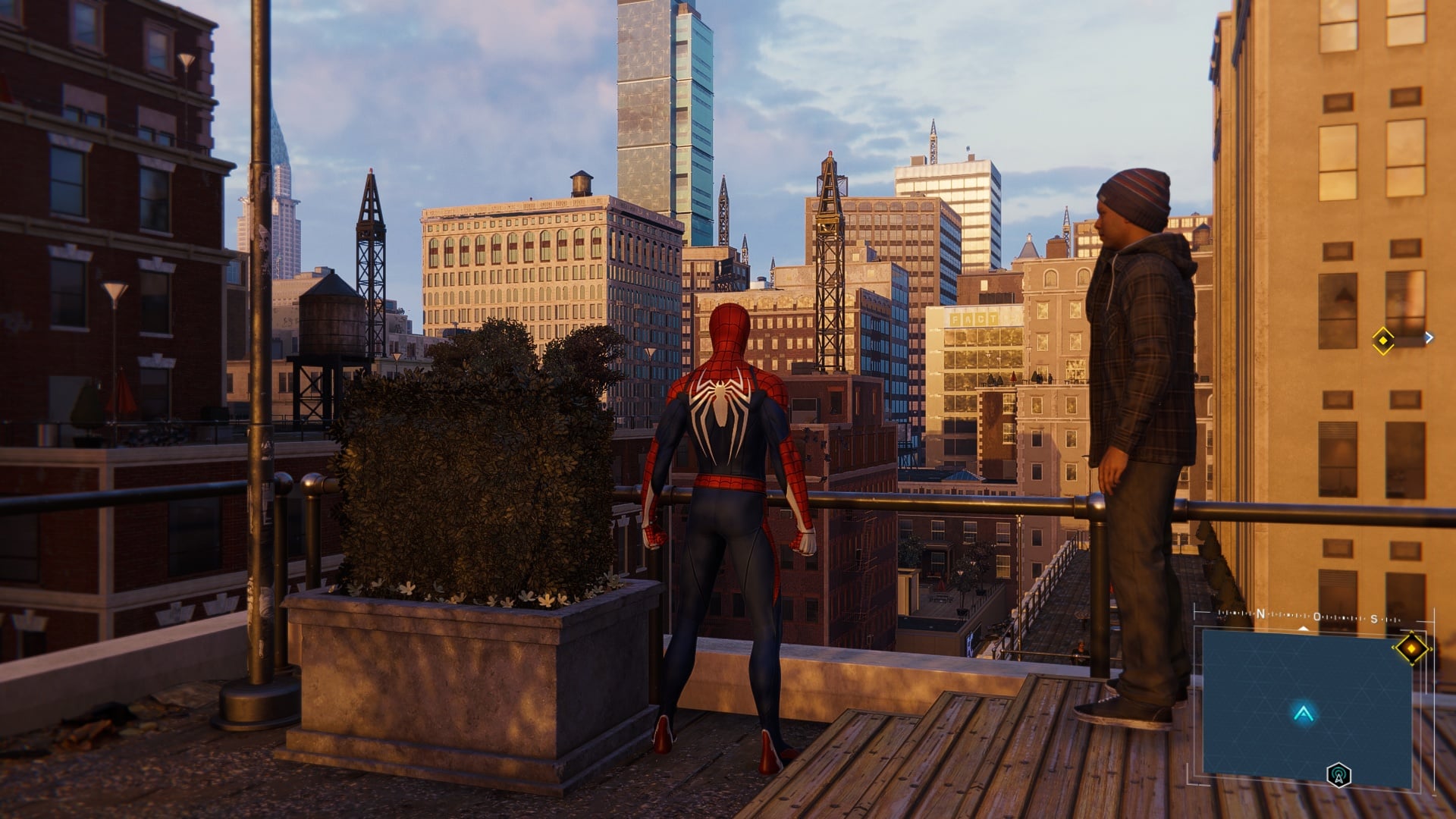In our technology check, we take a closer look at the superhero. What do ray tracing, DLSS and Co. bring to the home computer?
With great power comes great responsibility. The developer studio Insomniac Games also knows this. Because Spider-Man Remastered has the power to tie you in front of the screen for numerous hours and give you sleepless nights.
So what about the responsibility to deliver the cleanest possible PC port? For this task, the studio has teamed up with the porting specialist Nixxes Software, which has also brought games like Deus Ex: Human Revolution or Shadow of the Tomb Raider to the home computer.
And this much in advance: Peter Parker runs through New York in a visually more than convincing manner, even on weaker PCs. But let”s get into the details, which is why we”re now putting on our web shooters and swinging through the urban canyons with you. As long as it”s not raining and we”re hanging upside down…
What the PC version of Spider-Man Remastered does well
When playing the PC version, it becomes immediately clear that we are dealing with another good PlayStation port that can convince in many points:
- The frame times are constant. This sounds like a side note at first, but it is definitely important in such an open-world game with constant reloading of data in the background. The image remains constantly fluid even in the fastest swinging passages, neither large image dips nor an unclean distribution of the individual frames could we detect.
The loading times are pleasantly short. The PC can”t quite keep up with the ultra-fast sequences on the PlayStation 5, but it still only takes around 10 seconds on average to get from the main menu to the actual game. - There are many additional graphics features. Compared to the console version, on the PC we get to enjoy Nvidia”s AI technologies DLSS and DLAA, both of which are supposed to provide more FPS with high image quality. Also on board is high-quality ray tracing for realistic reflections, for example in puddles of water or the omnipresent Manhattan skyscrapers. Owners of Ultrawide monitors can also experience the game in 21:9 aspect ratio.
- The game looks amazingly good even on weaker systems. If your PC is no longer dewy-eyed, you can still enjoy Spider-Man: Remastered in a chic visual. Even with reduced graphics settings, the game still looks more than passable. This is mainly due to the high level of foresight and the stylish lighting. You can find helpful tuning tips below.
- The character models are brilliant. One of the greatest visual strengths of Spider-Man Remastered are the main characters, which are bursting with detail (see the images below). Their facial expressions are also complex and convey emotions credibly. You can already see a visual difference in the NPCs, but you don”t look too closely at their faces either.
Table of Contents
What Spider-Man Remastered is still struggling with
Despite the now technically good state, there are still a few small stumbling blocks that the spoiled gamer”s eye might occasionally notice:
- Jerks and freeze frames at the start of cutscenes: From time to time, there were image stutters or short freeze frames as soon as a cutscene started. However, this was usually only a matter of seconds and did not lead to crashes or other problems, so it did not negatively affect the gaming experience.
- Reloading building textures: In our test version, there was occasionally some unsightly texture mud on buildings, especially during fast camera pans. After about one or two seconds, the high-resolution pixel wallpapers appear, but it can still be annoying from time to time when a skyscraper is dressed with the correct texture before your eyes. We were not able to observe this phenomenon even in the original PS4 version. We”ll keep an eye on the situation at release and check whether a first patch can still remedy this.
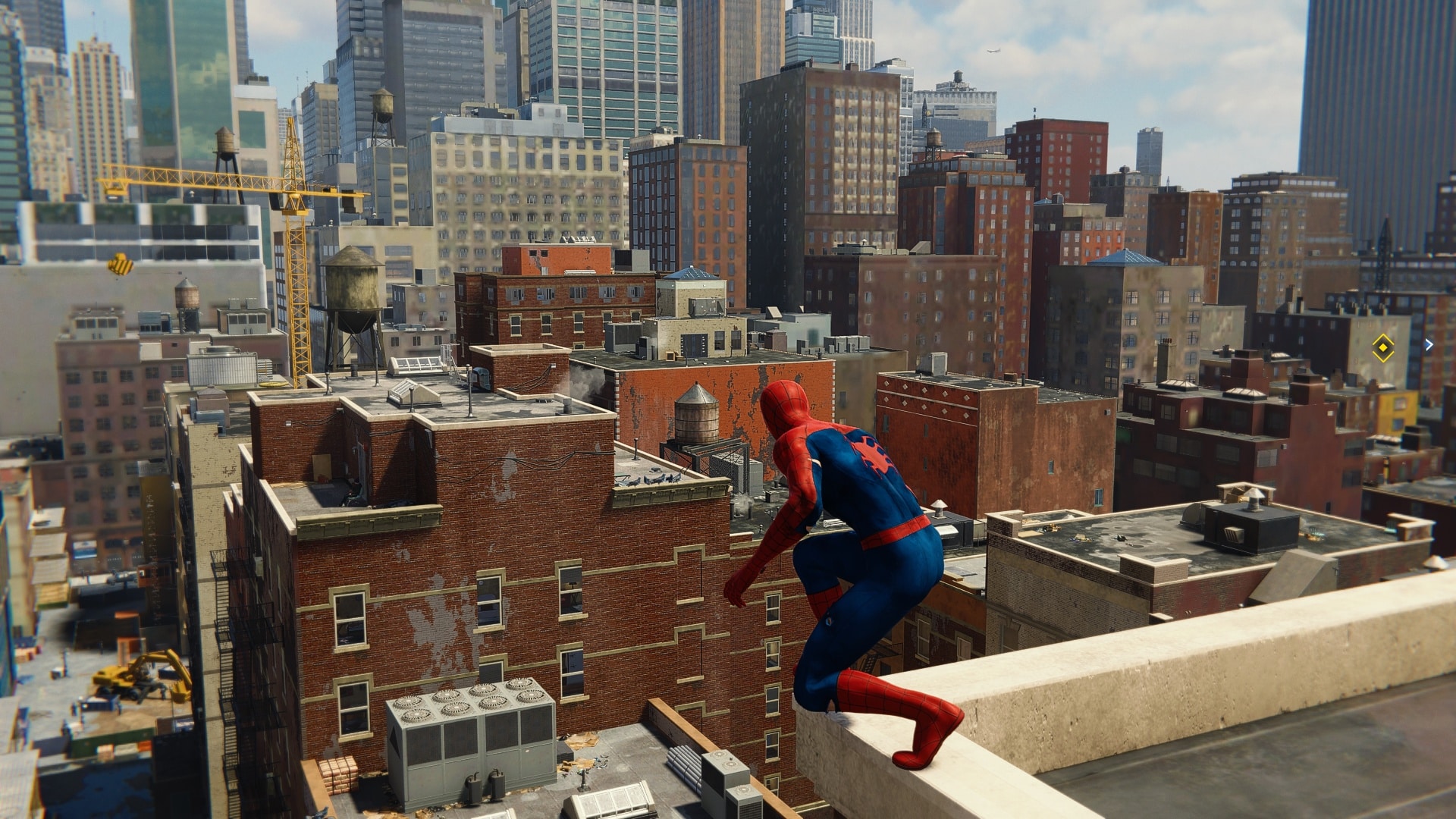
The system requirements in detail
A look at the official system requirements suggests that we need to have a real high-end PC under our desk for the maximum graphics quality in 4K and with 60 FPS. This much in advance: If you want to turn everything up to the max, you can indeed orientate yourself on the table below, i.e. a Geforce RTX 3080 should be required for unadulterated ray-tracing enjoyment.
The good news, however, is that the game is pleasantly frugal and can be optimally adjusted to your system thanks to numerous controls in the graphics options. Moreover, Spider-Man Remastered is one of those games that still looks extremely appealing even on low settings. To prove this, we made a few comparison pictures for you and of course also measured the performance.
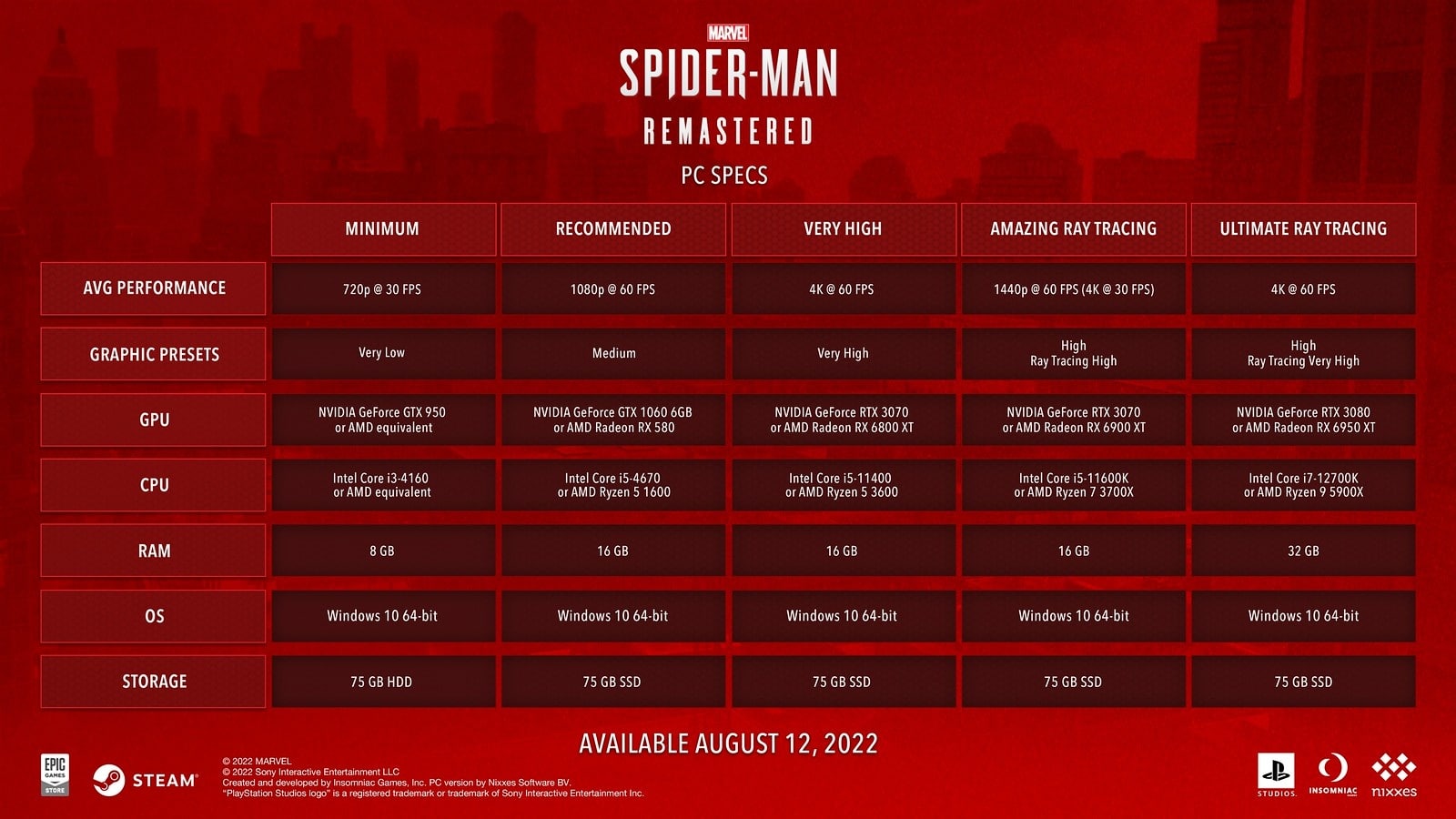
Even older PCs can handle the game. If you”re playing in 1080p, a graphics card of the calibre of a Geforce GTX 1060 or Radeon RX 580 will suffice. Then you can enjoy the gameplay in medium to high settings at a constant 60 FPS.
We have diligently turned the knobs on our test system and tried to find the optimal compromise between performance and picture quality. In the case of our Core i7-11800H and the Geforce RTX 3070 Mobile (140 Watt TGP) with 16 GB DDR4-3200 MHz RAM, this optimum was Full HD, high details and medium ray tracing effects – we left DLSS deactivated.
With this, the frame rate moved constantly between 53 and 64 FPS, very short excursions into high 30s regions were mostly recorded when swinging rapidly through the urban canyons. In general, it is noticeable that the highest graphics settings cost a lot of performance without bringing a big gain in picture quality. That”s why we are already preparing a separate tuning guide for you, which will be published soon.
How good is the support for 21:9 monitors? Thanks to our monitor gurus in the editorial team, we were also able to test the support for ultra-wide resolutions, in our case 3440 x 1440 pixels. The result is impressive, especially when looking over the whole of New York. However, you also need a powerful system for this due to the expanded image content. You should not flirt with high details below an RTX 3080.
In our opinion, the official system requirements are a reliable indicator if you want to know whether your PC is capable of handling Spider-Man Remastered. Generally speaking, if you deactivate ray tracing, you will have to do without realistic reflections, but this also gives you a large performance buffer that you can invest in the other settings.
Here are the performance measurements from our test system:
Spider-Man Remastered
1920 x 1080 Pixel, Core i7-11800H, RTX 3070 Mobile, 32 GB DDR4-3200 MHz, Windows 11
![]()
What do the individual detail levels look like? As already mentioned, it can be quite useful to play only with high or even medium details for one or the other option instead of turning all the sliders to the limit. The performance is grateful, the graphical difference is small and difficult to see even on still images, but feel free to try your luck.
Tip: You can also view the pictures in their original size. To do so, first click on the picture and then on Show in original size in the bottom left-hand corner.
How good is the ray tracing?
No feature is advertised more in Spider-Man Remastered than ray tracing, which is supposed to be even higher quality than in the PlayStation 5 version. Here we experienced a rollercoaster of emotions in our technology check. In our first test version, especially the first of three quality levels (Medium
) resembled a coarse pixel mush that made the realistic reflections unsightly. High
and Very High
looked better, but cost a lot of performance.
Shortly before release, however, a large patch appeared and the situation changed abruptly. Since then,even the medium setting looks extremely chic, even if still a bit grainy at the edges of reflected objects. The performance costs have been reduced and the feature seems much more mature.
But ray tracing still makes high demands on your computer. Below a graphics card of the Geforce RTX-3000 generation, you should not touch the high settings if smooth frame rates are important to you.
On our RTX 3070 Mobile, we recorded an average performance loss of around 15 percent per quality level of the ray tracing. For the benchmarks, we chose the graphics detail preset High
as we believe this level offers the best balance of performance and image quality:
Spider-Man Remastered
1920 x 1080 Pixel, Detail Level “High”, RTX 3070 Mobile (140 Watt TGP)
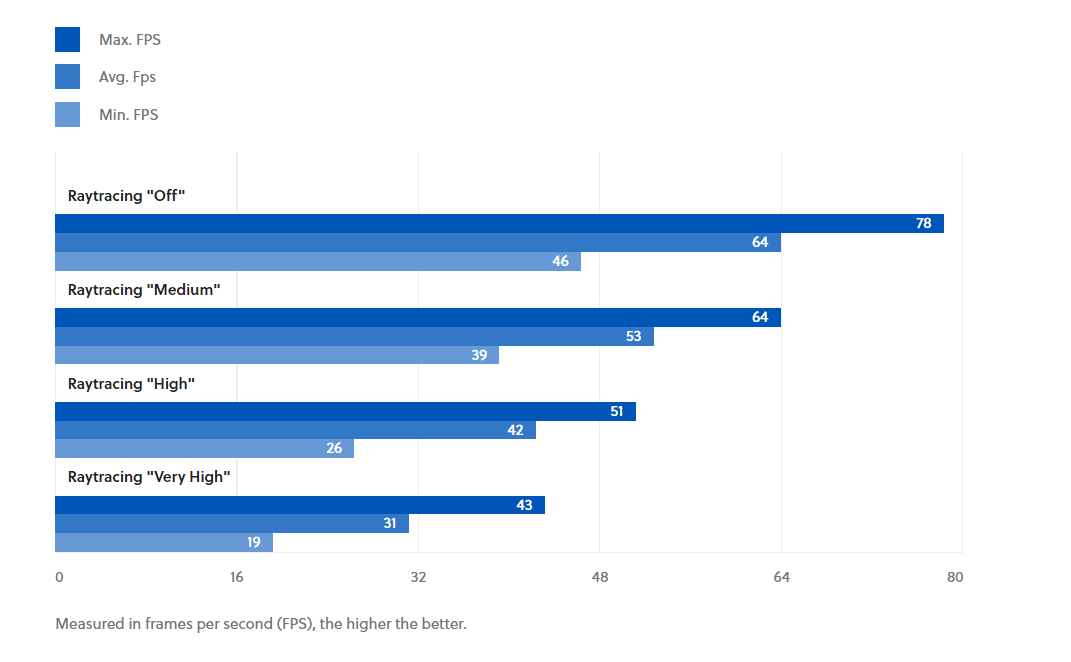
Despite the high demands, ray tracing is in our view a real gain for the overall look of the game Of course, there are also areas in which there are hardly any reflective surfaces such as puddles of water, metal floors or windows and you therefore see nothing of the feature. But especially when swinging through New York (and let”s face it, that”s the coolest pastime in the game anyway) you quickly realise how wrong the conventional fake reflections actually are.
Further optimisations for the release
The developers have added another update shortly before the release, which allows you to fine-tune the ray tracing options. Instead of only being able to choose between individual, pre-configured levels, you can now adjust the following options individually:
- Reflection resolution: Determines how finely the reflections are resolved. You can choose between High and Very High.
- Geometry Detail: Determines how strongly the ray tracing interacts with the objects in the environment. Here you can also choose between High and Very High.
What does the update bring in terms of performance? We have, of course, taken some quick measurements for you and were able to determine an improvement in performance when you set both new options to High instead of Very High. On average, this change releases around 8 percent more performance. This does not make the difference between playable and unplayable. Ray tracing is and will continue to be a performance hog.
What do Nvidia DLSS, AMD FSR and Co. bring?
In Spider-Man Remastered you can activate various upscaling technologies if you wish, in order to have the image calculated internally by the graphics card at a lower resolution and then upscaled to your native resolution. DLSS 2.2 is available to owners of an Nvidia graphics card. AMD pixel pushers, on the other hand, can look forward to support for the company”s own FSR 2.0.
Who wins the image comparison? Nvidia”s DLSS performs best at the Quality
level, here we can see almost no difference to the native image output. When using FSR 2.0, a slight edge flicker occasionally occurs with rapidly changing picture content, but otherwise you are on par with DLSS.
In terms of performance, DLSS and FSR do make a noticeable difference. We cranked up the resolution to 3840 x 2160 pixels and set Raytracing to High. Without the upscaler, we were starving at around 21 FPS, which is on the border of unplayability. Switching DLSS to quality quickly brought us up to a relatively constant 30 frames per second, FSR achieved an average of just under 28 FPS with the quality preset, which is close behind.
It is also important to note that we did not yet have access to new Nvidia or AMD graphics drivers. It is quite possible that the results will even improve at launch. We”ll keep an eye on the situation for you and, if necessary, measure again!
Editor”s conclusion
Even on the PlayStation 4, Marvel”s Spider-Man was a real eye-catcher. To this day, I can hardly believe that Insomniac managed to squeeze such good visuals out of this aged console. The second run-through followed on the PS5 and I still couldn”t quite get excited about the new ray-tracing effects.
On the PC, however, things look quite different. Here, the medium setting already looks very good and, what”s more, it doesn”t drag down the performance as much as the higher levels. In general, Spider-Man has arrived well on the PC in technical terms, even if there are still a few teensy teething problems here and there, such as the occasional texture lag.
Character models, lighting (even without ray tracing) and the general detail density are convincing across the board. What”s more, the game looks surprisingly good even on older computers, which speaks for a more than solid technical foundation as well as the artistic design of the title.
In terms of gameplay, the title is in a class of its own, as Vali explains in detail in his review. Peter Parker can now also get the technical certification for his home computer from me. And now if you”ll excuse me, I have to get back to New York. There”s a backpack somewhere waiting for me to collect it.

